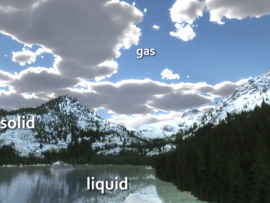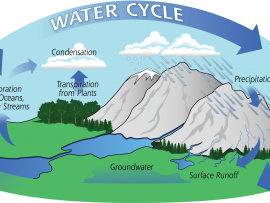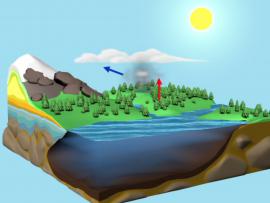Search
Primary tabs
Search
Your search for "heat" gave back 27 results.
Primary Topic:
Subtopics:
Type:
Standards:
Keywords:
Summary:
Hurricanes are the most awesome, violent storms on Earth. People call these storms by other names, such as typhoons or cyclones, depending on where they occur. Whatever they are called, tropical cyclones all form the same way.
Primary Topic:
Subtopics:
Type:
Standards:
Keywords:
Summary:
In this lesson, students will explore (through labs, videos, and a simulation) how energy from the sun is absorbed, reflected and radiated back out into space as part of the Earth’s energy budget.
Primary Topic:
Subtopics:
Type:
Keywords:
Summary:
This animation uses Earth science data from a variety of sensors on NASA Earth observing satellites as well as cartoons to describe Earth's water cycle and the continuous movement of water on, above and below the surface of the Earth.
Primary Topic:
Subtopics:
Type:
Summary:
In this webquest, you will learn a little about the GPM mission, and then will focus on the Earth’s water cycle.
Primary Topic:
Subtopics:
Type:
Keywords:
Summary:
GPM Project Scientist Dr. Gail Skofronick-Jackson and Deputy Project Scientist Dr. George Huffman narrate a look at the new GPM IMERG global dataset.
Primary Topic:
Type:
Audience:
Standards:
Keywords:
Summary:
This animation shows one molecule of water completing the hydrologic cycle.
Primary Topic:
Subtopics:
Type:
Keywords:
Summary:
NASA will dispatch two unmanned aircraft equipped with specialized instruments high above tropical cyclones in the Atlantic Ocean basin. These "severe storm sentinels" will investigate the processes that underlie hurricane formation and intensity change.








